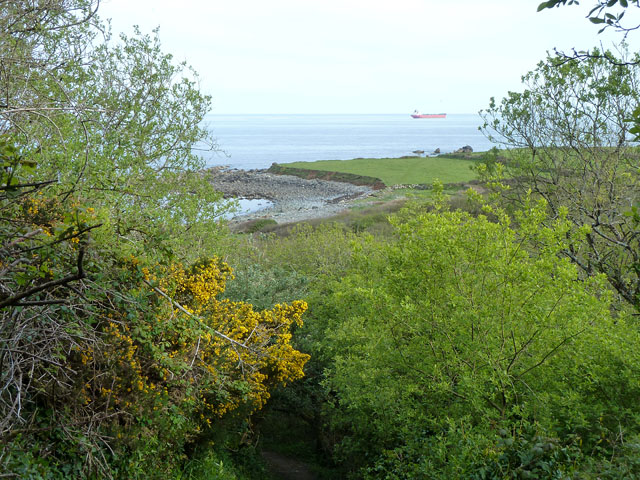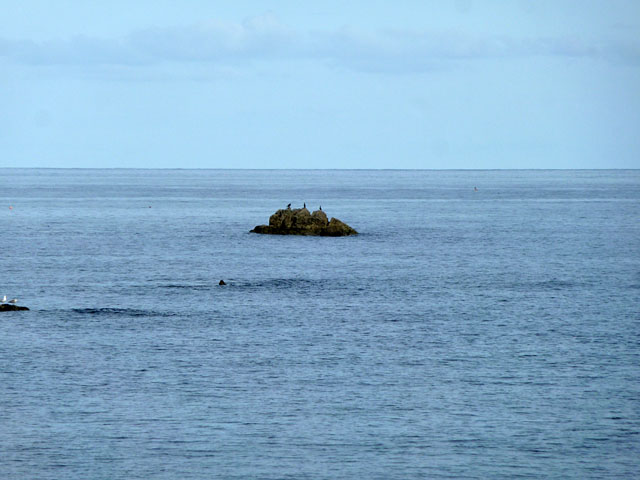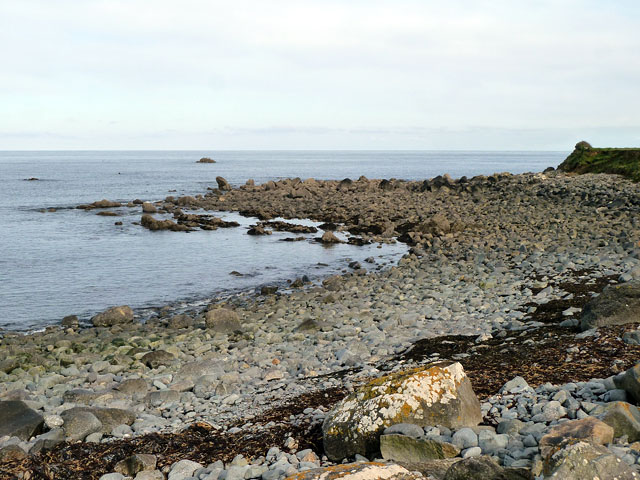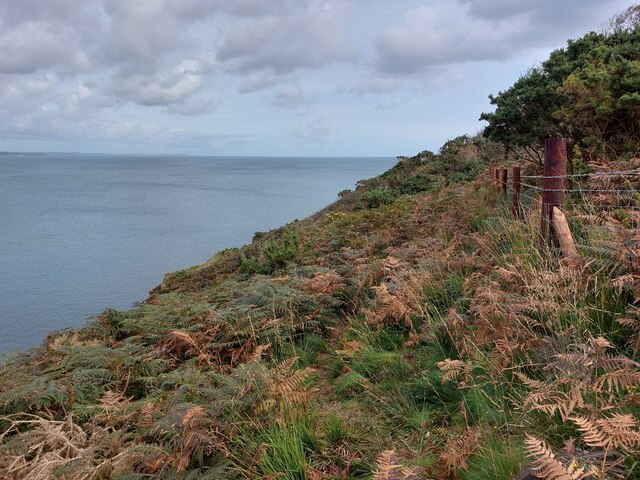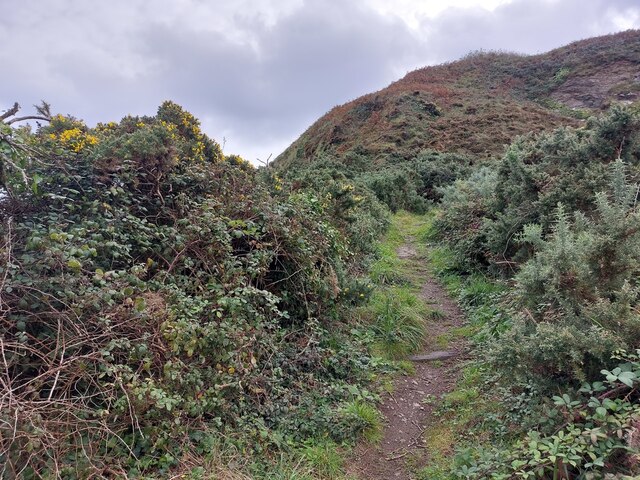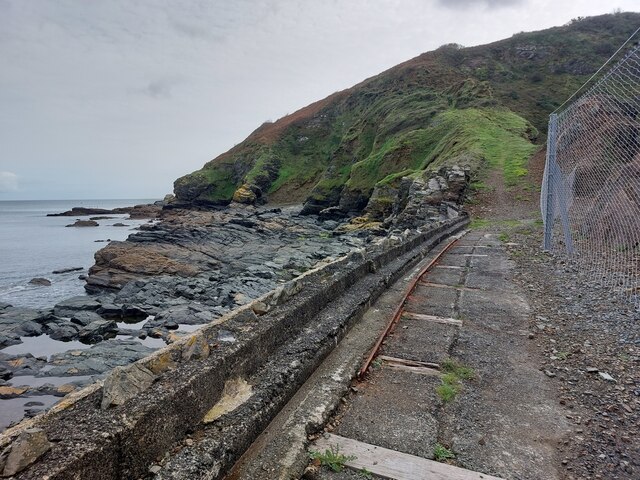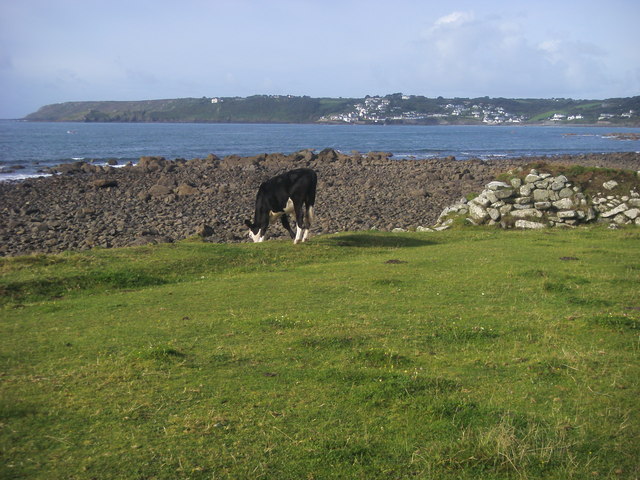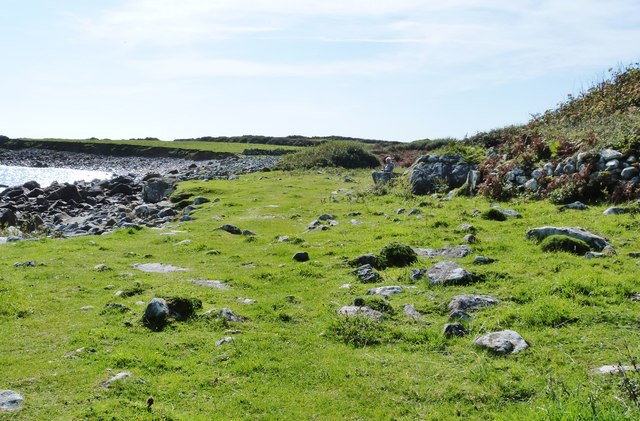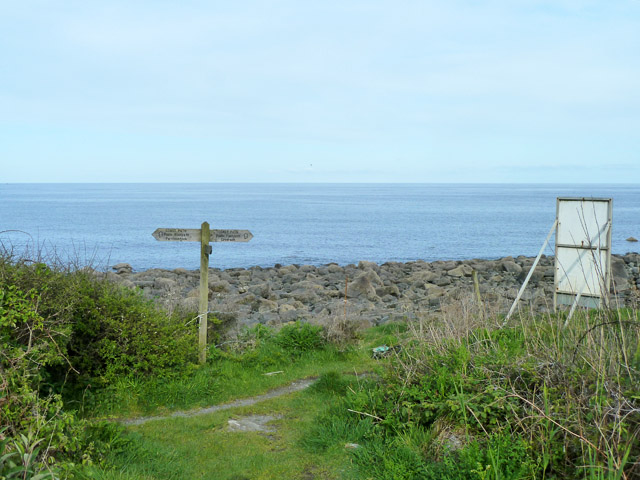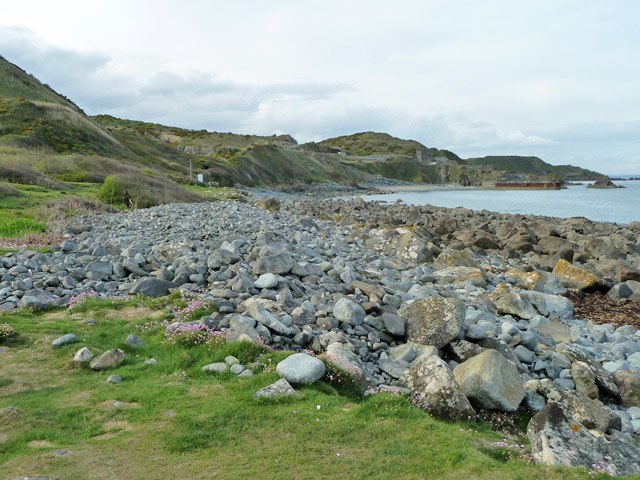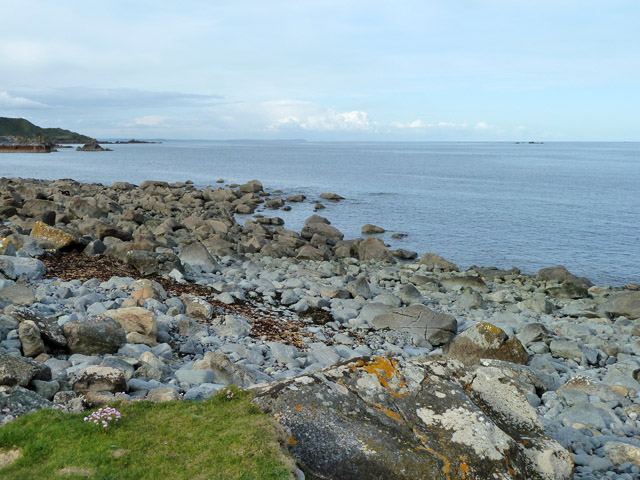Manacle Point
Coastal Feature, Headland, Point in Cornwall
England
Manacle Point
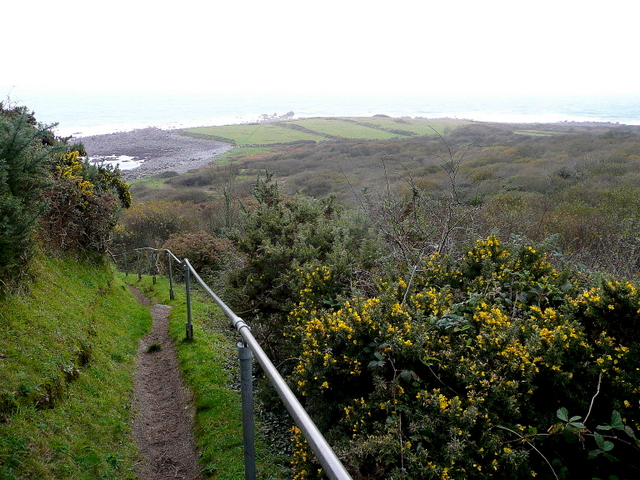
Manacle Point is a prominent coastal feature located in Cornwall, England. It is a headland that juts out into the Atlantic Ocean, forming a distinctive point along the rugged coastline. Situated near the village of Coverack, this picturesque and dramatic headland offers stunning panoramic views of the surrounding area.
The point is named after the treacherous Manacle Rocks, a group of jagged and submerged rocks that lie just offshore. These rocks have been the cause of numerous shipwrecks throughout history, earning the area a reputation for being hazardous to navigation. In fact, Manacle Point is often referred to as the "Graveyard of Ships" due to the numerous vessels that have met their demise in these treacherous waters.
Visitors to Manacle Point are treated to breathtaking views of the wild and untamed coastline. Steep cliffs, battered by the relentless waves, provide a backdrop to the crashing surf below. The headland is adorned with hardy plants and grasses, clinging to the rugged terrain, creating a dramatic and windswept landscape.
For those interested in wildlife, Manacle Point is a haven for seabirds. The cliffs provide nesting sites for a variety of species, including fulmars, kittiwakes, and guillemots. Lucky observers may even spot seals or dolphins swimming in the waters below.
Access to Manacle Point is possible via a coastal footpath, which winds its way along the cliff tops. This path offers walkers the opportunity to explore the area's natural beauty and experience the awe-inspiring views firsthand.
In conclusion, Manacle Point is a stunning coastal feature in Cornwall, renowned for its rugged cliffs, shipwreck history, and abundant wildlife.
If you have any feedback on the listing, please let us know in the comments section below.
Manacle Point Images
Images are sourced within 2km of 50.052272/-5.0601607 or Grid Reference SW8121. Thanks to Geograph Open Source API. All images are credited.
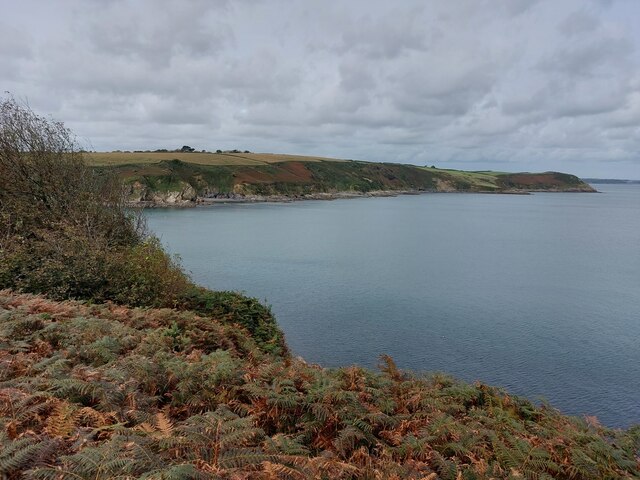
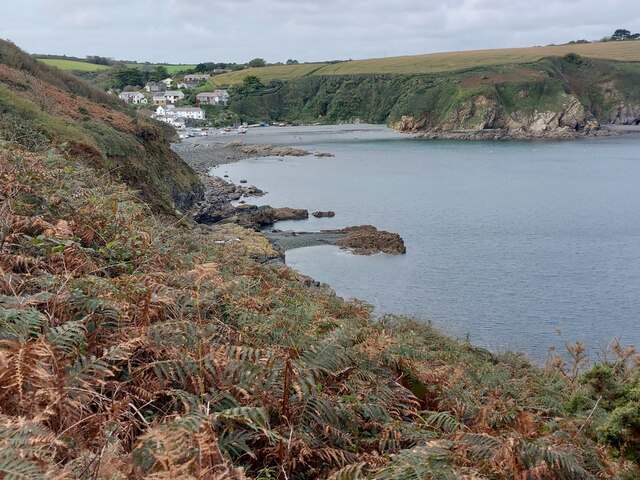
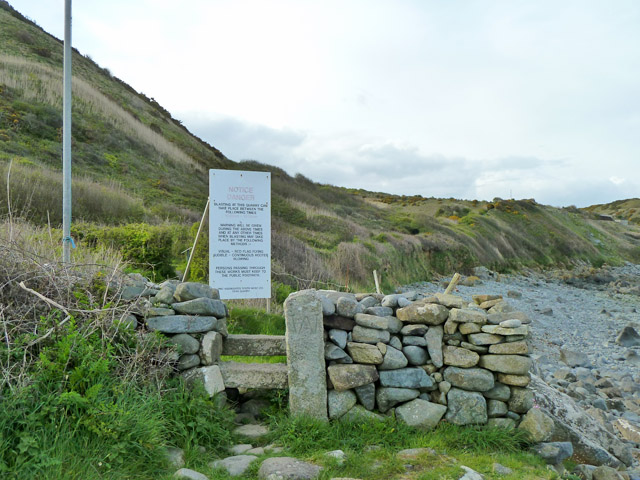
Manacle Point is located at Grid Ref: SW8121 (Lat: 50.052272, Lng: -5.0601607)
Unitary Authority: Cornwall
Police Authority: Devon and Cornwall
What 3 Words
///bound.named.nozzle. Near Falmouth, Cornwall
Nearby Locations
Related Wikis
Porthoustock
Porthoustock (Cornish: Porthewstek) is a hamlet near St Keverne in Cornwall, England, United Kingdom, on the east coast of Lizard Peninsula. Aggregates...
Rosenithon
Rosenithon (Cornish: Ros an Eythin) is a hamlet east of St Keverne in west Cornwall, England.The name Rosenithon comes from the Cornish language Ros an...
SS Mohegan
The SS Mohegan was a steamer which sank off the coast of the Lizard Peninsula, Cornwall, on her second voyage. She hit The Manacles on 14 October 1898...
The Manacles
The Manacles (Cornish: Meyn Eglos, meaning church stones) (grid reference SW820205) are a set of treacherous rocks off The Lizard peninsula in Cornwall...
Nearby Amenities
Located within 500m of 50.052272,-5.0601607Have you been to Manacle Point?
Leave your review of Manacle Point below (or comments, questions and feedback).
